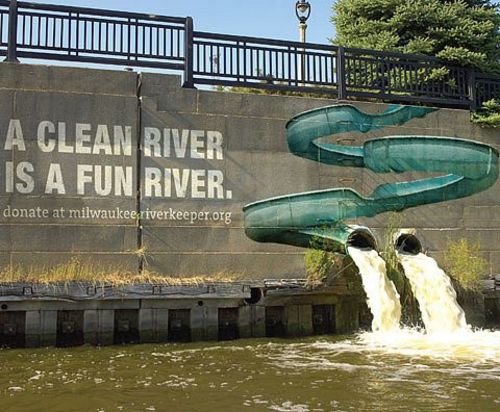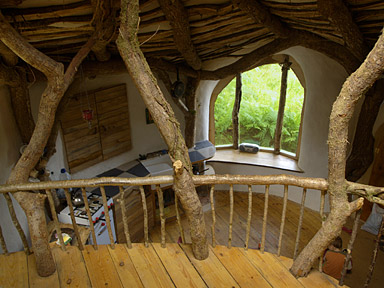Performance art has origins in Futurism and Dada, but became a major phenomenon in the 1960s and 1970s and can be seen as a branch of Conceptual art. Performance art is activity presented before a live audience, and combining elements of the visual arts and the theatrical arts, such as music, video, theatre, and poetry reading. The term happening is sometimes used synonymously with performance art, but happenings are often more informal and improvised than performance art, which is usually carefully planned. Performance art has its meaning in time and action. This action can last from few seconds to many years. In some cases the artist is the art, he uses his body and life. Performance can be understood as an „event“ which is delivered directly to the artists audience. By its nature it can be seen as a live art by artists. It draws freely on any number o disciplines and media for material, deploying them in any combination. No other artistic form of expression has such a boundless manifesto, since each performer makes his or her own definition in the very process and manner of execution.
Performance art became very popular in 60ties and 70ties, when artists wanted to protest against politic, social and environmental issues. Since then, this kind of art is still very actual and popular among art community around the world. By „an act“ which declares artists opinion can be demonstrated his values and beliefs. Performance art can´t live without audience. Nowadays it performance arts has easier situation, because art work can be delivered to the people by new medias like video, photography, Internet and television. In the content of project „sustainable art in the Baltic sea“ a performance art can be as a powerful tool on demonstating actual issues and presenting them to the public audience.









